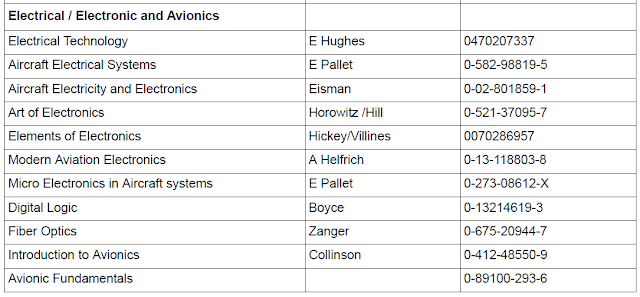The diagram shows the AC voltage of a generator. It is in the sinusoidal wave form, pulsing between the positive and negative. It is just like having a water pump that slowly build up pressure in one direction of flow, then it reverse the direction, pumping in the opposite direction.
For the aircraft AC power, the frequency is 400 hertzs at 115 volts.
There are a couples of term with special meaning when it relates to electricity/ There are...
1. peak value
2. peak to peak
3. effective value
4. average value
The above graph is voltage and current against time. Some of the required understanding and definitions are:
a. 1 cycle - it refers to a full electrical cycle, in the graph, from ascending zero value to the next ascending zero.
b. frequency (hertz) the number of cycles per second.
c. peak value - the distant from zero to the highest point in half of the cycle, either positive or negative.
d. peak to peak value - the measure of the highest point for positive to the lowest of negative in one cycle.
e. RMS (root mean square) or effective value - the equivalent DC value that give the same heating effect.
f. average value - the average of the instantaneous value for either the positive or negative portion. If you add both the positive and negative, the value is zero.
------------------------------------------------------------------------------
7777
.................................................................
The power in AC circuit is slightly different from that in DC circuit. In a DC circuit, the power is given by a simple equation of Power = VI. In AC is gets complex as the current is not always in phase with voltage.
 |
| Add caption |
Before we go further, we need to review a few definition.
1. Work - work is done when a force cause an object to move in the direction of the applied force. So a force of F acted on an object, and the object was moved by d meters, the amount of work done is given by:
Work (joule) = Force (neutons) x distance (meters)
2. Power is the rate of going work. It is given in joules per seconds or watts. For example, a mass of 1 Kg was moved by 1 meter within 1 second, the power consumed is 1 watt. If the taken is 2 seconds, then the power is 1/2 watt. Please note that the total work done or energy used is the same for work of 1 second or 2 seconds.
 |
| In Resistive circuit, the voltage and current are in phase. The power is calculated by voltage x current, as they are in phase, the result, i.e the power is always positive. If we are using the effective value, the RMS, the power is calculated by voltage times current. |
 |
| It is assumed that the circuit is purely inductive and the current lag the voltage by 90 degrees. In real world there is no such thing as pure reactive load, as all inductance will have some resistance. The diagram below shows the actual power generated in the circuit. |
 |
| In inductive circuit, the voltage leads the current by 90 degrees. In real circuit, there is no such thing as pure inductance as all inductors will have a built in resistance. Notice that at some point, the result of voltage x current can be negative. From 0 to 90 degrees, voltage is positive and current is negative, the resultant power is negative. Theoritically there is no power consumed by the circuit |
The above diagram shows the power triangle. The hypotenause is the apparent power given by voltage x current. The horizontal line is VI Cos @, the real power given by the circuit. The reactive power is VI Sine@, a power not realized by the circuit.
The power factor is the value of Cos @. Is is given by the ratio of , real power/ apparent power.
........................................................................................................................
Transformer
One of the most common component in an aircraft is the transformers. It basic function is to transform the voltage. The unit which has higher voltage output is called stepped up transformers and those which lower the voltage is known as stepped down transformers. The ratio of output voltage to the input is determined by the turn ratio, that is the ration of windings of the output to the input.
Construction: Transformers are constructor from a soft iron frame with input windings and one or more outputs windings. The soft iron is laminated to reduce the eddy current losses.
The step up transformer: The voltage output is bigger that the input voltage. For this to happen, the secondary winding is more than the primary.
The power input = power out + losses. There is iron loss and copper loss. The iron loss is due the the induced emf on the core, known as eddy current lost. To reduce it, the iron is laminated. Te copper loss is due to the resistance of the winding.
The turn ratio is given by Ts/ Tp
Ts = the number of turn of the secondary winding
Tp = the number of turn of the primary winding.
Not Covered in the presentation
- autotransformer - a transformer with 1 winding and work on the principle of self induction.
- current transformer - a specilized transformer used to measure the current without direct insertion of ammeter.































































































